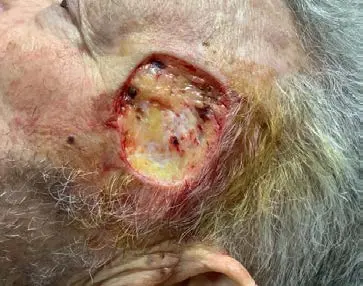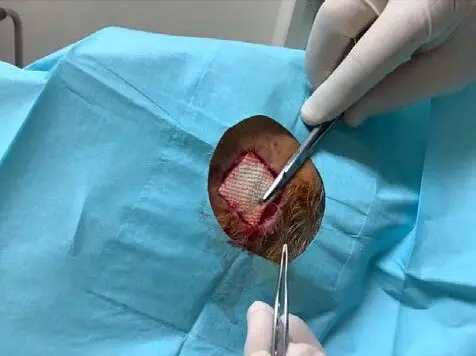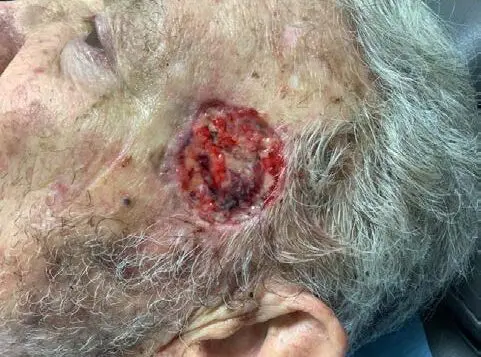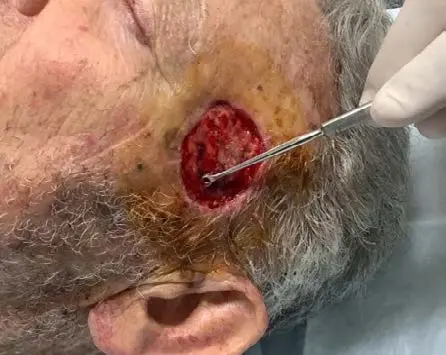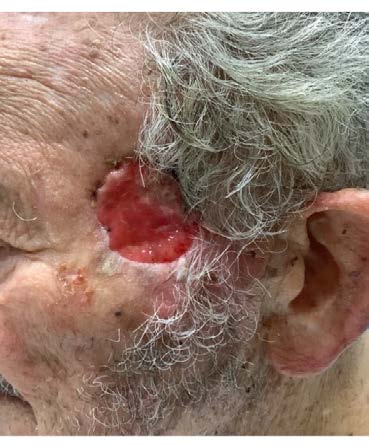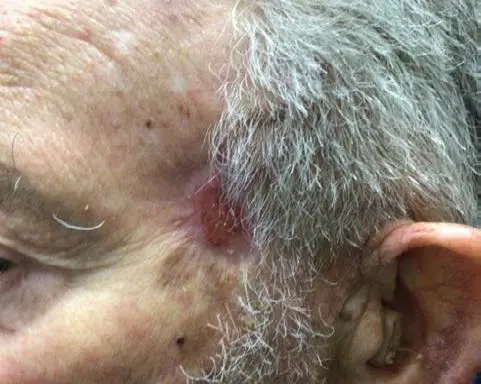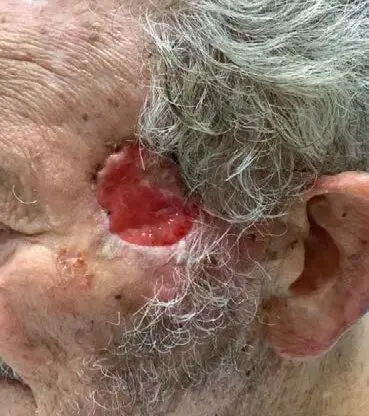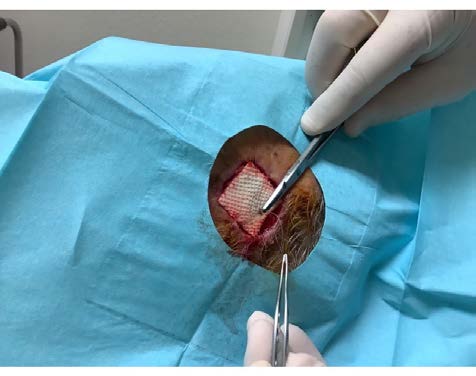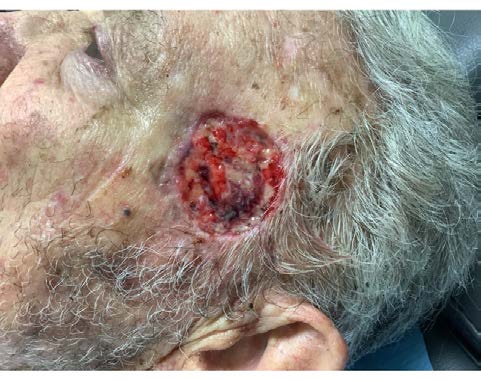Kerecis VET
Kerecis VET manages damaged tissue such as partial and full thickness wounds, trauma wounds and burn wounds in small and large animals including mammals and exotic species
Kerecis VET is an intact fish skin that has been successfully used to support tissue regeneration and repair in various animal species.
Kerecis fish skin products are FDA cleared for diverse clinical applications. Our proprietary manufacturing method, which involves minimal processing, allows the fish skin to preserve its natural qualities, including its three-dimensional structure, mechanical properties, molecular organization, and composition.
When grafted onto damaged tissue, such as a burn or wound, the fish skin recruits the body’s own cells, supporting the ability to regenerate.
The superior clinical and economic performance of Kerecis fish skin has been demonstrated in multiple human blinded, randomized, controlled clinical trials3,4,5 and numerous other clinical studies.
Features & Benefits
Kerecis is pioneering the use of fish skin to revolutionize wound care and:
Kerecis® VET Solid
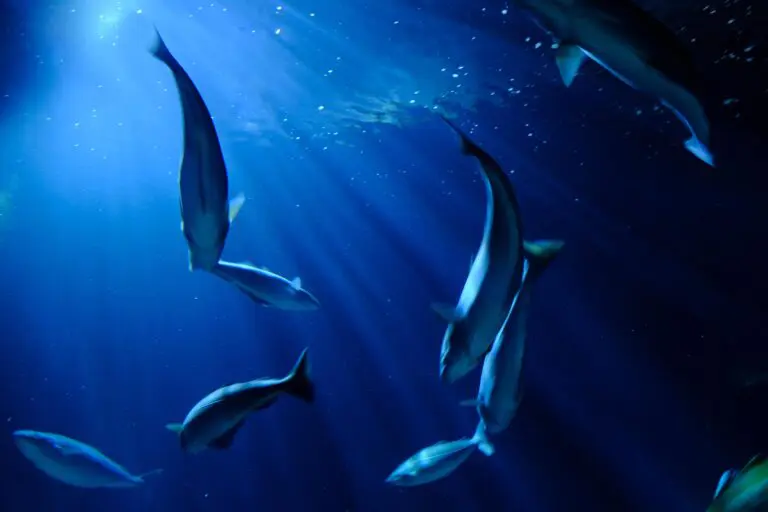
VET Cases
Healing by secondary intent with epithelialization of the skin resulting in desirable cosmetic and functional outcomes.
Patient
Presentation
- 90-year-old male patient presented with superficial squamous cell carcinoma of left temple
- Patient history of type II diabetes mellitus, hypertension, and coronary artery disease
Previous Management
- Following Mohs procedure, the patient had a large wound down to subcutaneous fat
Kerecis Graft Application
- Following Mohs procedure, the patient had a large wound down to subcutaneous fat
- With each Graft application the wound was debrided and covered with a nonadherent dressing, bolstered in place
Clinical
Outcome
- Granulation tissue in the wound bed was observed at Week 2
- The full-thickness tissue defect achieved complete epithelialization at eight weeks with two applications of the fish skin graft
Ryan O’Quinn, MD and
Courtney Aldridge, PA-C
Patient
Presentation
- 90-year-old male patient presented with superficial squamous cell carcinoma of left temple
- Patient history of type II diabetes mellitus, hypertension, and coronary artery disease
Previous Management
- Following Mohs procedure, the patient had a large wound down to subcutaneous fat
Kerecis Graft Application
- Following Mohs procedure, the patient had a large wound down to subcutaneous fat
- With each Graft application the wound was debrided and covered with a nonadherent dressing, bolstered in place
Clinical
Outcome
- Granulation tissue in the wound bed was observed at Week 2
- The full-thickness tissue defect achieved complete epithelialization at eight weeks with two applications of the fish skin graft
Ryan O’Quinn, MD and
Courtney Aldridge, PA-C
Receive full case study
Kerecis Mechanism of Action
Three dimentional structure
Intact molecular organization
Natural Mechanical Properties
Preserved Molecular Content
User Information
The product and its variations are not available in all countries and may be known under different trade names. Products, product names, indications and claims vary between jurisdictions. Contact your Kerecis representative if you have questions about the availability of Kerecis products in your area. Always make sure to check with your local health care professional and read the actual printed package information prior to use. Information on this website might not be current and might not be an accurate reflection of current product labeling.
The product and its variations are not available in all countries and may be known under different trade names. Products, product names, indications and claims vary between jurisdictions. Contact your Kerecis representative if you have questions about the availability of Kerecis products in your area. Always make sure to check with your local health care professional and read the actual printed package information prior to use. Information on this website might not be current and might not be an accurate reflection of current product labeling.
The product and its variations are not available in all countries and may be known under different trade names. Products, product names, indications and claims vary between jurisdictions. Contact your Kerecis representative if you have questions about the availability of Kerecis products in your area. Always make sure to check with your local health care professional and read the actual printed package information prior to use. Information on this website might not be current and might not be an accurate reflection of current product labeling.
